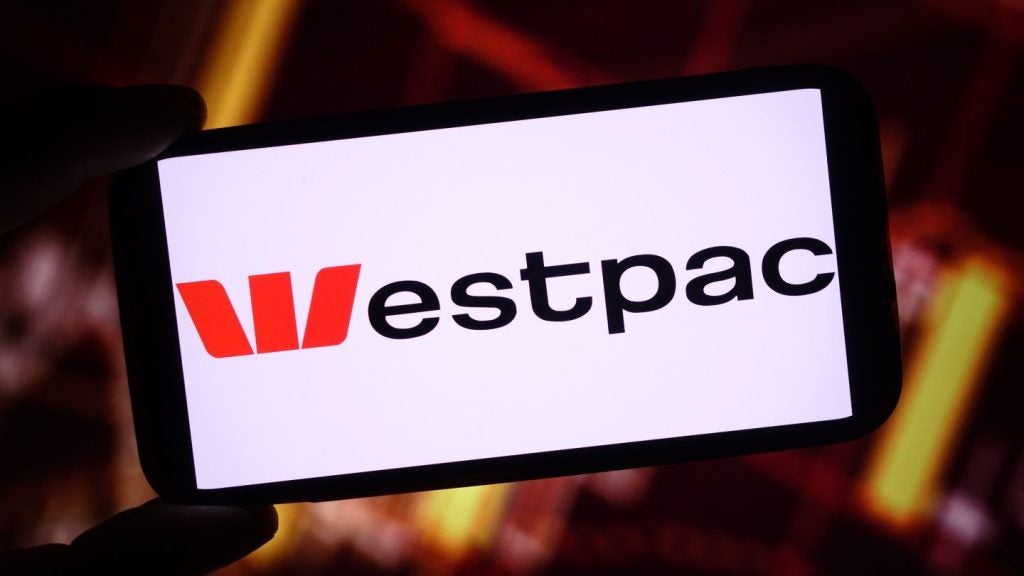What stage is the global transition towards real time payments at? What are the drivers, hindrances, how long will it take and what are the different countries’ priorities? SWIFT is on a mission to support faster payments implementation across markets with a scalable, replicable solution. Anna Milne writes
Real time payment systems have come a long way and the latest push by SWIFT intends to have them come even further, even faster. Mobile money has created a huge demand for faster, 24/7 payments and banks stand to lose footing and credibility if they do not keep up with the move towards real time payments.
Regulators play a key role in encouraging banks to make the move. According to Juliette Kennel, head of market infrastructures at the financial messaging network, "regulatory initiatives are proving to be the real driver behind increased adoption of real time retail payment systems (RT-RPS) due to factors such as consumer protection, reduced credit risk, transparency, financial inclusion, fostering of competition and wider macroeconomic impacts."
Banks’ own commercial interests are a secondary driver by a long way. Results from the latest SWIFT research show a ratio of 73:27 for regulatory vs. commercial drivers for banks to adopt real time payments. And regulators’ focus is inevitably on the consumer impact, which impacts economic growth. If a business is paid in real time it has a faster cash conversion cycle and better working capital, reducing the need for short-term financing. Equally, governments benefit from formal economies by way of increased taxes and foreign investors are attracted by a modernised payments system.
The Federal Reserve Bank stated in a public consultation paper in 2013 that near real time payment capability could support economic activity in the US to the point of maintaining the US dollar as the global trading currency.
Different markets have adopted real time payments in different ways- some have adapted current legacy systems; others have gone in wholesale by developing entirely new systems. The latter has been the case in Australia.

US Tariffs are shifting - will you react or anticipate?
Don’t let policy changes catch you off guard. Stay proactive with real-time data and expert analysis.
By GlobalDataFor banks, interoperability will be crucial as legacy and new models will need to co-exist both at a domestic and cross-border level.
Says Kennel: "The industry is going to have to come up with ways to enable banks to offer real time capabilities while keeping costs in check. Collaboration and innovation is going to be key."
The UK has been ahead of the game in adopting real time payments with its Faster Payments Service, albeit something of a leapfrog transition from its BACS system, which had a T+3 settlement cycle, taking three days for funds to be available to the beneficiary customer. This being deemed unacceptable, the regulator stepped up pressure to improve the customer experience and in 2008 the UK went live with faster payments. In Europe there is a T+1 (day plus one) guarantee with SEPA transfers.
Other inititaives such as South Africa’s Real-Time Clearing and Australia’s New Payments Platform have also set a new benchmark and in the US, the Federal Reserve Banks’ financial services unit has been studying options for faster payments and The Clearing House also has a faster payments project on the go.
In Sweden, there is a major drive to go cashless altogether. Mobile payments have taken off, creating the case for the Swedish real time payments system, BIR, from which six of the largest Swedish banks run the payment service, Swish.
In Poland, banks have developed the KIR’s Elixir Express, to compete with the popular competitor BlueCash and In Mexico, the driver was mainly to bank the unbanked.
Global infrastructure
The Australian system is the one SWIFT hopes to replicate in other markets. Its goal is to deliver real time payments by 2017 and SWIFT has been contracted to build and operate the system’s basic infrastructure, which it hopes to complete by Q3 2016.
Originally designed for cross border transactions, SWIFT has evolved into a payment infrastructure and its real time domestic payments system will incorporate peer-to-peer technology, reusing and reconfiguring components already deployed across 80 markets.
Comprised of three main components: a high volume 24/7 domestic messaging channel; a clearing and settlement payments gateway and a proxy address look-up service which allows payment routing based on peronal identifiers such as mobile phone numbers or email addresses.
US technology vendor Fiserv has developed an open payment infrastructure to help establish real time payments.
"We have closely followed the discussion led by the Federal Reserve and The Clearing House and will continue to investigate if and how the Australian solution could apply," says Kennel.
Banks’ concerns
Building the business case from a bank’s perspective is not as clear cut as from a regulator’s. It requires a high degree of investment -the one-off cost of transforming systems but also a new ongoing cost to maintain it 24/7.
Going by figures quoted by UK banks as to the cost of implementing faster payments, 20% goes on actual implementation of the interbank system; 80-90% is the internal upgrade. For a start, traditional batch systems are regularly switched off for update and maintenance. For an ongoing real time system handling much larger volumes of traffic, all of which needs the requisite security, fraud and AML checks, not to mention the dreaded customer service, this is no mean feat.
The UKs Faster Payment Service total cost, including investment and running costs, over a seven year period has been estimated at £800m ($1.237bn). This was enough to send the Federal Reserve Bank of Boston running a mile, when looking to the UK as a case study. Nevertheless, the Fed’s mission towards this is ongoing, despite the complexities of the US system.
Banks also worry about there not being a standardised interoperable system and thus having to join several systems, as such, increasing overall responsibility and cost.
However, ultimately, the over-arching threat of simply losing customers is what will push banks to go ahead with all this. And they can collaborate to safeguard against loss of clientele to competitors. They’ll need to- when customers can be in receipt of an eBay purchase within hours of winning the auction, they’ll quickly start to reconsider a bank which can’t even process one portion of that service in anywhere near the same timeframe.

Payment types and suitability for RT
There is a more stringent need for a real time payment when an intended purchase is dependent on receiving funds from a payment. In this case it is not even sufficient to have real time confirmation- it is real time funds availability that is required. There are many systems in the world, for example Ideal in Holland, which give real time confirmation that the payment has been initiated but the merchant only receives the credit in account the following day. For person-to-person payments, a real time confirmation is imperative.
Direct debits and salary payments are known about way in advance so the payment mechanism is already set in place. It is not necessary to use an extensive system to do a real time transfer.
For real time payments, the cash market is a very important target market: small businesses, public transport systems, person-to-person payments. Cash is expensive. Transportation, security, printing, general handling in shops- the cost is enormous.
"Even if we managed to get 10% of the cash market, it would already be beneficial to everybody involved," says Carlo Palmers, market infrastucture manager at SWIFT. Ultimately everyone does pay towards the cash cost bill- in most countries consumers are charged to use cash machines. Questions remain as to whether certain transactions may still be charged for in a non-cash eco-system but the overall cost is less.
"It will be difficult, we believe, to charge the end consumer. In some kinds of real time transactions, the beneficiaries will be willingly charged, as long as they are getting that payment, they are happy. For example, a real estate transaction, it is worth something indeed to make sure that money is transferred immediately. The difference being ownership is transferred in minutes rather than, in some cases, months."

The driver for any eurozone conversion is ECB. The ECB’s group, Euro Retail Payments Board is currently examining the roll out of instant payments in the eurozone and has stipulated the need for at least one pan-European system, meaning that although the drive from the consumer and merchant side is mainly domestic, it wants a solution that will offer the possibility to be pan-European- similar to SEPA. Beyond Europe, 18 markets are already live with RT-RPS and about 13 are in the planning stages.
A collaborative effort is required (how often do we hear that?) on the part of banks, regulators, start-ups offering payment channels and new service providers. The new payment services directive, PSD2, is pushing banks and the banking community to offer easy access to payment service providers. New players will get access to payment systems they never had access to before.
Palmer says, "The enormous possibility that such systems will open to the market is exciting. Once it’s in place you can have immediate payments between any two parties that don’t even know each other- e-commerce platforms, mobile applications. We’ll see a lot in the coming years, making use of these new possibilities.







